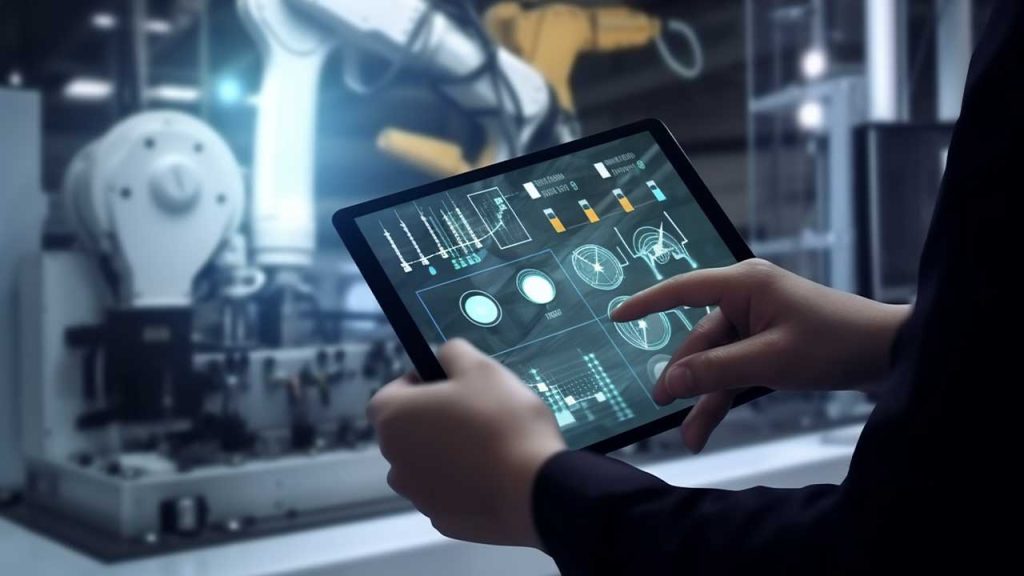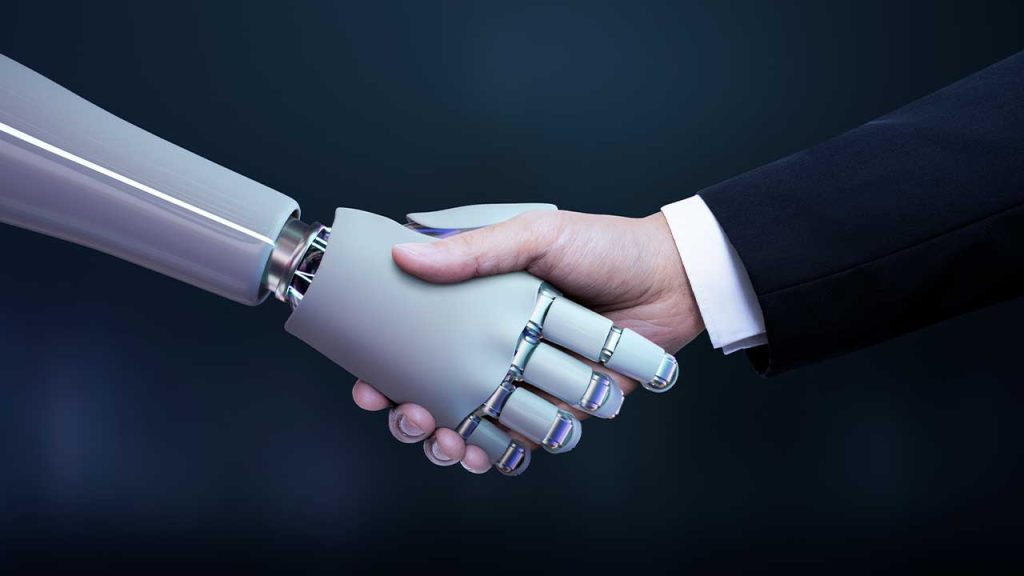Building Digital Reliability: Why Your Maintenance Strategy Needs External Expertise
The manufacturing sector faces a persistent tension: should organizations build all digital capabilities in-house or leverage external partners? The answer, increasingly, is neither—it’s both, strategically combined.
The Cost of Doing Everything Yourself
Many industrial leaders assume that maintaining complete control over digital transformation requires building every capability internally. This approach creates hidden costs that compound over time. Specialized teams require continuous training, infrastructure investment, and retention efforts. After several years, the operational burden of maintaining niche expertise becomes unsustainable.
The smarter approach involves identifying which capabilities drive competitive advantage and which represent commodity functions. For Indorama Ventures, this meant recognizing that predictive maintenance and AI-driven reliability required external collaboration rather than internal duplication.
Partnering with specialists in prescriptive maintenance and edge analytics allows organizations to access proven methodologies without the overhead of maintaining permanent specialized teams. This frees internal resources to focus on domain expertise—understanding your specific production environment, equipment, and operational constraints.
From Pilot to Scale: The Reality of Implementation Timelines
Organizations frequently ask: How long until we see ROI from predictive analytics? The honest answer depends entirely on your organization’s readiness, not the technology itself.
Technology maturity isn’t the limiting factor anymore. Predictive and prescriptive analytics solutions have proven their effectiveness across industries. What determines success is organizational culture—specifically, how quickly your workforce adapts to new approaches and how effectively leadership drives adoption.
A pilot program might demonstrate value within weeks. Scaling that success across multiple plants, however, follows a different timeline. The variables include:
- Workforce adaptability: Employees with decades of experience in traditional maintenance approaches need time to unlearn established practices. This isn’t resistance; it’s cognitive reorientation.
- Leadership alignment: Top-down commitment accelerates adoption significantly. Without executive sponsorship, even successful pilots stall during scaling.
- Organizational structure: Single-plant operations and multi-plant networks require fundamentally different scaling strategies.
Geographic distribution adds complexity. Plants in different time zones and regions operate under different constraints, regulatory environments, and cultural contexts. A solution that works in one location requires translation—not just technical adaptation, but cultural reframing—before it succeeds elsewhere.
When Sensors Catch What Humans Miss
Consider a critical gear pump at an Indorama facility. Cooling water circulation maintains bearing temperature within safe operating ranges. Standard operating procedures require technicians to open a manual valve after maintenance. One day, a technician forgot this step.
Traditional monitoring systems showed all interlocks healthy. The plant started normally. Hours later, an IoT device detecting both temperature and vibration triggered an alarm. Investigation revealed the forgotten valve. Without this early detection, the pump would have failed catastrophically within days or weeks—resulting in thousands of dollars in equipment damage and unplanned downtime.
This scenario illustrates a fundamental shift: sensors and AI detect failure modes that inspection schedules miss. They operate continuously, without fatigue or distraction, catching problems before they cascade into major incidents.
Scaling Requires Different Rules
Successful pilots often fail during scaling because organizations apply single-plant logic to multi-plant operations. What works with controlled conditions, dedicated resources, and close oversight doesn’t automatically transfer.
Effective scaling requires:
- Localized change management: Success stories must resonate within each plant’s cultural context. Generic corporate messaging fails. Frontline workers respond to examples from their own environment, explained in their operational language.
- Adapted governance: Different plants need different accountability structures. Rigid, centralized control creates friction; distributed ownership with aligned metrics works better.
- Realistic timelines: Scaling takes longer than pilots. Budget accordingly.
Data Integration: The Missing Piece
Most organizations collect substantial data but fail to extract actionable insights. The reason: data sits in isolated systems, disconnected from other relevant information sources.
AI’s real value emerges when it contextualizes and harmonizes data from multiple sources. A bearing temperature reading means little alone. Combined with vibration data, cooling system performance, ambient conditions, and historical failure patterns, it becomes predictive intelligence.
Business decisions require trusted information from diverse sources. Production optimization, equipment lifecycle management, and maintenance scheduling all depend on this integrated view. AI transforms fragmented data into coherent intelligence—the foundation for better decisions.
Redefining Production Output
“AI for production outcomes” means efficiency gains wherever they occur. It’s not limited to manufacturing output. When AI makes a technician more efficient, when it reduces unplanned downtime, when it extends equipment life—these are production outcomes. The technology’s value extends across the entire operation, not just the production line.
The path forward requires balancing internal expertise with external partnership, accepting that scaling differs fundamentally from piloting, and recognizing that organizational readiness matters more than technological capability. Organizations that master this balance gain sustainable competitive advantage.
This article was written based on the video interview with Rajneesh Ojha, Head of Digital Transformation, Indorama Ventures.
The trip to Thailand was sponsored by InfiniteUptime.
About the author
Lucian Fogoros is the Co-founder of IIoT World.



